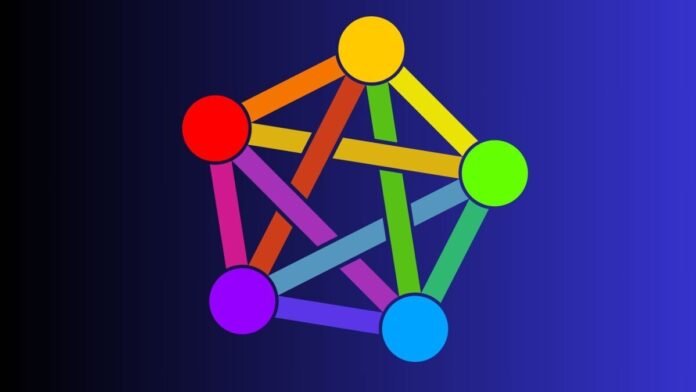Idealist nerds have a long history of giving terribly confusing names to potentially revolutionary technology. So it goes with Fediverse, a combination of ‘Federation’ and ‘Universe’, and the potential future of the social internet. But what does That mean?
Simply put, Fediverse is the collective name for a number of different social networks and platforms that are connected to each other. Users of one of these services can follow users of another service and comment on, like, and share posts.
There are many articles and websites that explain this concept in detail, but most of them get bogged down in technical language quite quickly. I’d like to avoid that, so here’s my good faith attempt to explain in plain English what the Fediverse is.
But first, let’s talk about email.
Email is decentralized (and why that matters to Fediverse)
Anyone with an email address can send anyone an email. For example, Gmail users aren’t limited to talking to other Gmail users: they can send messages to Outlook users, Yahoo Mail users, and even people who have their own email servers in their basement. Basically anyone with an email address can write to anyone else with an email address. In other words: email is decentralized.
There is no one company or institution responsible for email; there are many different email providers, all of which are compatible with each other. This is because email is a open protocolone that anyone who wants can build a service for.
The largest social media networks do not currently work this way. For example, you can’t follow an X user on Facebook or subscribe to a Tumblr Reddit community. That’s why all those websites are full of screenshots of other people: people want to to share posts from other sites, but there is no good way to do this. That’s a problem the Fediverse is trying to solve.
Follow anyone anywhere
Fediverse is an attempt to make social networking more like email, that is, to allow users of different services to follow each other and communicate with each other wherever they want, without having to sign up for a million different accounts.
Currently one of the largest services on Fediverse is Mastodon, which started in 2016 as a Twitter alternative. Other open source networks on the platform include Pixelfed, a photo-sharing service similar to Instagram from 2010, and Peertube. There’s also Threads, as I mentioned, a Meta-owned network that allows users to opt-in to sharing their posts with Fediverse.
How this works in practice: I’m quite active on Mastodon, but have a few friends who only post on Threads. Because Threads is connected to Fediverse, I can follow Threads users, view their posts, and even write back comments while using Mastadon. It’s as simple as finding the Threads user from Mastodon, following them, and communicating as I would with any other user.
This is the promise of Fediverse: you use whatever social network you want to use and connect with people on whatever social network they want to use. And there are a few additional benefits. When I quit Twitter a few years ago (before it became X), I left all my followers behind. That’s not how it works at Fediverse: you can switch from one service to another and take your followers with you. That’s the kind of freedom you can’t get with a centralized system.
A number of companies and enthusiasts are working on other ways to connect to the Fediverse. WordPress offers a plug-in that allows bloggers, for example, to share their posts: answers appear as comments. News reading app Flipboard recently added the option to follow Fediverse users from within the app, and email newsletter platform Ghost is also working on similar functionality. And there are hacks to connect other, non-Fediverse networks. For example, you can connect Bluesky to Fediverse with a little work.
Behind all these efforts is a certain idealism: many of Fediverse’s largest services are run by nonprofits and volunteers. But the involvement of smaller publishers like Ghost and Flipboard suggests that the Fediverse could also be a place for writers and publications to connect directly with readers in the future. A decentralized social media system could also allow smaller social media upstarts to compete with the big platforms. It’s a potentially exciting time for social media and the greater internet.
All this is possible because Fediverse is based on an open protocol that anyone can build on. The hope is that over time, more services will offer integrations and social networks will become as open as email. Is that definitely what’s going to happen? Don’t know. And the Fediverse, like everything else on the Internet, has its problems. For example, moderation is a huge challenge, and larger platforms entering the space can make it more difficult.
I’m just kidding about the service with this explanation: There’s so much more I could go into. But for the most part, when you hear “the Fediverse,” you know what it means: a series of social networks and platforms that are connected to each other. Hopefully you’ll hear a lot more about it in the coming years.





